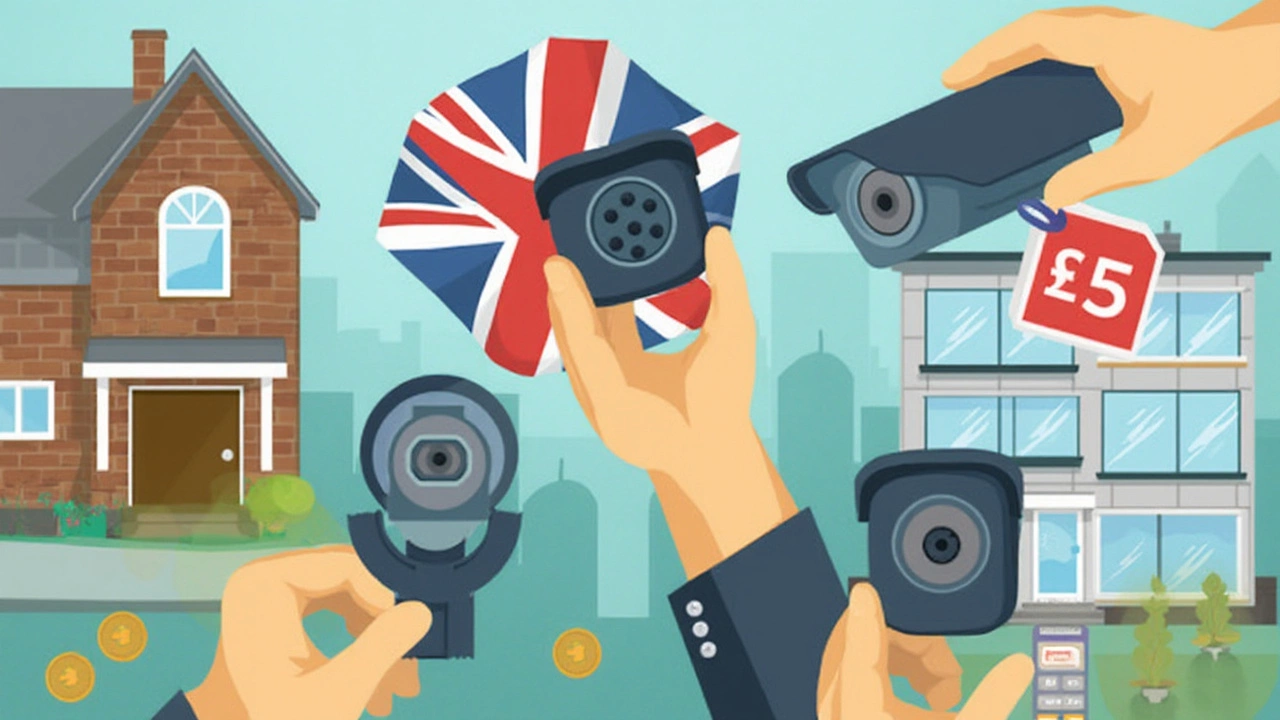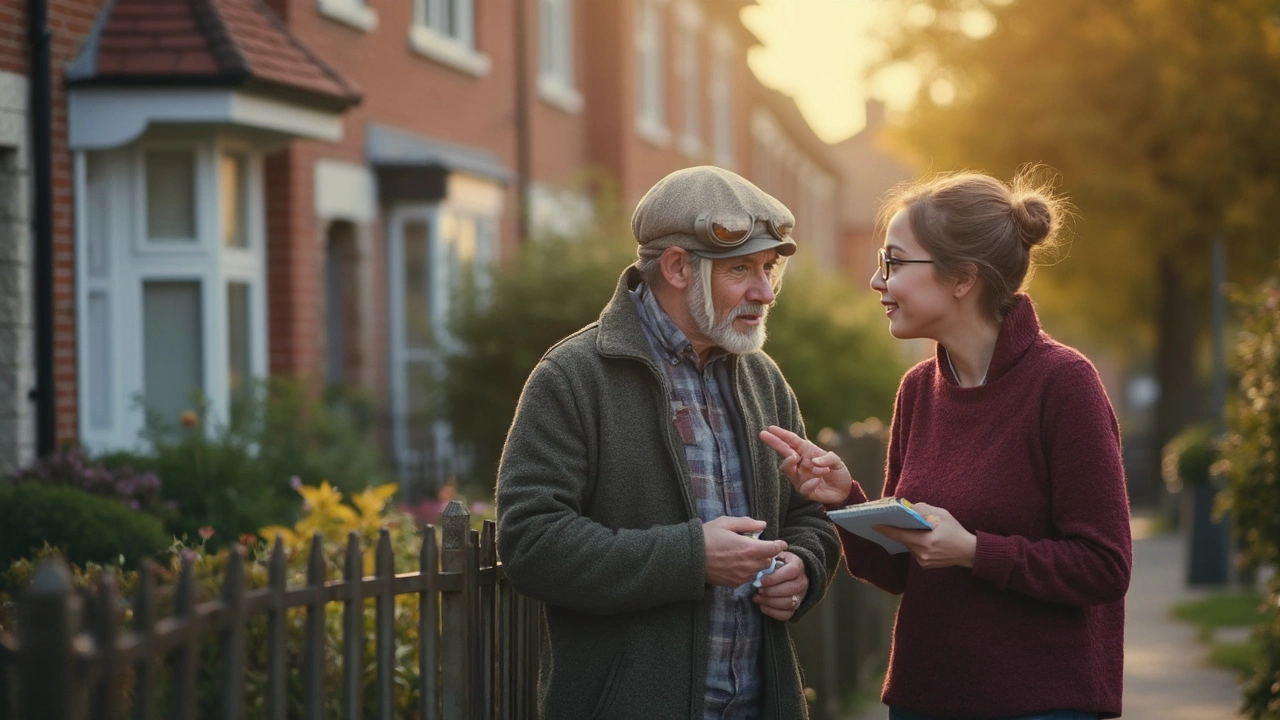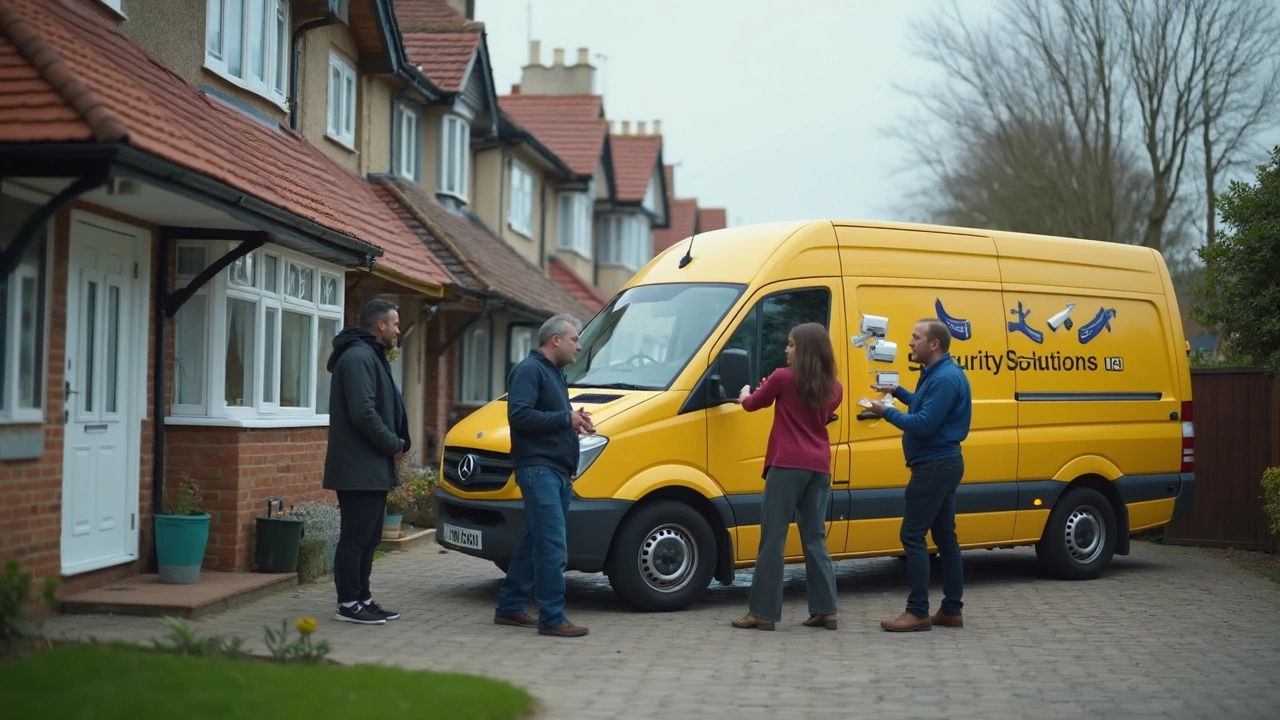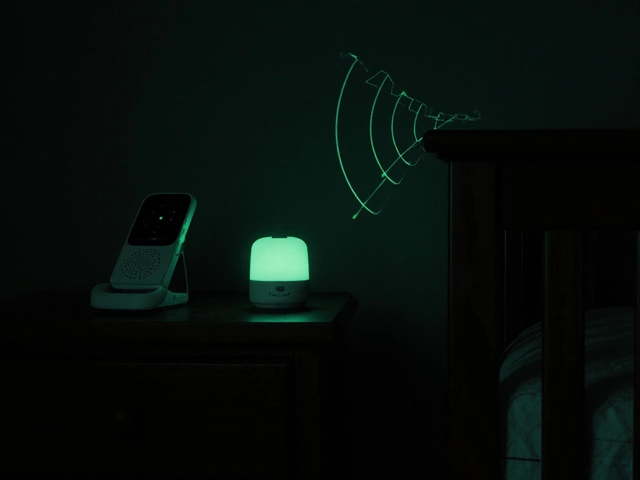Ever thought about installing security cameras but shuddered at what it might do to your wallet? You’re not alone. Kiwis want to protect their homes and businesses more than ever, but figuring out what you’ll actually pay for installation is almost always a game of guesswork. The price tags can swing wildly—sometimes for good reason, sometimes just because someone’s got a fancy sales script. Here’s what they don’t usually tell you: the cheapest quote isn’t always the best deal, and the most expensive setups aren’t always overkill. So how much does it really cost, and what should you watch out for?
The Real Cost of Installing Security Cameras — What Affects the Price?
There’s no simple sticker price for security cameras. Here in New Zealand, a basic setup can start as low as $400, but a top-of-the-line system could set you back $5,000 or more. Where does that money go? Several things directly pile onto your bill. First up—the type of camera. A single, budget indoor camera from a big box store might cost less than $50. An outdoor weatherproof camera, on the other hand, can run from $150 to $700 each, depending on whether it’s wired, wireless, or has night vision and motion sensors. High-end PTZ (pan-tilt-zoom) cameras for 360-degree coverage easily break the $1,500 mark per unit.
Then, there’s the infrastructure: cables, recording devices (like NVRs and DVRs), mounting hardware, and, crucially, labour. Some jobs need hours running cables through tricky spaces or drilling into brick—expect labour costs of $100 to $180 per hour if you hire a pro in Wellington or Auckland. Professional installation of a four-camera system, for example, usually takes 4–8 hours, depending on the property. Some installers offer package deals for multiple cameras, but always double-check if the price includes hardware, software, and basic training—sometimes, those costs sneak up later.
DIY systems are booming in New Zealand, thanks to Wi-Fi cameras you can stick up yourself. You’ll save on labour but might spend more on higher-grade cameras, plus the hours you’ll pour into figuring out software and troubleshooting. Want remote monitoring or cloud video backup? That’s another ongoing monthly fee—usually $10 to $30 per camera. Some cameras only store footage on local SD cards, but these can fill up fast and don’t help much if a thief nabs the device.
Location matters, too. Older homes with thick walls, or business premises with high ceilings, can turn a quick install into a marathon. Extra-long cable runs, data cabinet upgrades, or even just a tricky mounting location will grow your tab. Rural properties, meanwhile, might pay a travel surcharge or extra for cameras with 4G connectivity where Wi-Fi isn’t reliable. Don’t forget GST—most quoted prices from larger companies will be GST-exclusive.
Here’s a quick table to give you a snapshot of what people actually pay around New Zealand’s biggest cities. These numbers are ballpark figures as of 2025, based on actual installer quotes and average retail prices:
| System Size | Self-Install | Professional Install | Ongoing Costs (Cloud, etc.) |
|---|---|---|---|
| 1 basic Wi-Fi indoor camera | $100 - $250 | $250 - $400 | $0 - $30/month |
| 4-camera wired HD system | $500 - $900 | $1,200 - $2,400 | $0 - $50/month |
| 8-camera commercial-grade | $1,400 - $2,400 | $3,000 - $5,000+ | $0 - $100/month |
The security camera installation cost usually lands somewhere in the middle of these numbers for most Kiwis, unless you’re after serious bells and whistles, like facial recognition or remote-controlled zoom. Don’t let prices alone dictate your decision—sometimes stretching for quality protects you better down the track.

Tips to Save Money (and Avoid Regret) When Installing Security Cameras
It’s tempting to just grab the cheapest set from the electronics shop, stick them up, and hope for the best. But loads of people regret it later, especially after a break-in shows all the weak points. The most common blunder? Choosing cameras with terrible night vision, fuzzy image quality, or patchy Wi-Fi signals. If you can’t make out a face at night or review clear playback, what’s the point?
One practical tip: sketch a plan of your property before you start shopping. Walk around at dusk and check where hedges, fences, or streetlights might block or help your cameras. If you want full perimeter coverage, measure the actual cable runs, including elevation changes. That gives you a real shopping list, not just what a salesperson wants to offload.
Don’t underestimate the value of local installers. New Zealand’s wiring standards and weather quirks mean a clever Wellington tech might save you hours—and a bunch of frustration. Ask for references, or at least check Google reviews for horror stories. Some companies charge for callouts even if they can’t help, so always get a fixed quote up-front. If you’re extra keen on DIY, double-check your insurance policy—some providers insist on professional installation, or your claim gets tricky after a burglary.
If you’re upgrading an old CCTV system, you might be able to reuse some parts. For example, existing coaxial cables can often be adapted with a converter, saving you hundreds. When shopping for cameras, prioritize those with wide dynamic range (WDR) and infrared night vision. These features handle New Zealand’s strong sun and dark winter evenings better. And always pick a system with decent waterproof ratings (IP66 or better) if you’re going outdoors. Salt spray from the coast will wreck cheap units in under a year around Wellington’s suburbs—trust me, I’ve seen it.
Cloud video subscriptions sound handy, but the costs add up. If you want ongoing access without endless monthly bills, pick up a recorder box (DVR or NVR) with at least a month’s storage, maybe a couple of reliable SD cards for backup. Double-check that your chosen cameras support New Zealand’s voltage and plug types if ordering online—not all do. If you see “PAL” and “NTSC” video modes, stick to PAL for local compatibility.
- Plan for the long term. Tech keeps improving—buy something with a good upgrade path and regular firmware updates.
- Blend cameras into your house. Obvious cameras are a deterrent, but hidden ones can catch smarter burglars in the act.
- Combine with other security layers, like sensor lights, good locks, or smart alarms.
- Ask your installer or insurer if adding cameras nets you any discount on your premiums.
- Check local council rules—some areas have privacy regs limiting camera placement facing public spaces.
- Don’t forget the software. Some camera brands have clunky apps that are a pain to use. Try before you buy or search NZ forums for honest feedback.
One last thing: always check what’s actually included in any quoted price. Some “installation included” offers sneak in charges for things like extra cables, travel, or after-hours work. And beware the trap of “you need these extras” at install day—it’s common, but rarely a good surprise for your budget.

Where to Find the Best Value on Security Camera Installation in New Zealand
You’re spoiled for choice, but which option is actually best? Major chains like Noel Leeming, Harvey Norman, and PB Tech stock a decent range of plug-and-play and advanced camera kits. Their prices are competitive, especially if you wait for big sales like Boxing Day or mid-winter clearances. Most of them offer extended warranties for about 10% of the retail cost—worth it if you worry about knocks or breakages.
Trade Me and Facebook Marketplace sometimes have secondhand gear, but be careful. Old systems might be missing parts or lack essential features like mobile alerts. Always ask for proof the system isn’t locked, stolen, or missing the admin password. If it’s too good to be true, it probably is.
Local security specialists and electricians deliver more personal support, and can tailor the install to tricky buildings or unique needs. Some national security companies—think Paragon, Alarm New Zealand, or First Security—focus more on commercial jobs, but do also quote for high-end residential systems. Need 24/7 monitoring tied in? Expect higher up-front and monthly charges, but you also get a level of reliability you just don’t find with DIY kits.
A few nationwide price trends to watch in 2025: camera costs dropped a bit last year as the NZ dollar got stronger, but pro labour rates keep creeping up with inflation. Supply chain hiccups post-pandemic are still causing erratic prices for some big brands, while smaller local manufacturers (especially around Auckland and Christchurch) are building some surprisingly good gear for less. Always ask where your system is sourced, and whether you’ll be able to buy replacement parts in a few years’ time.
For a typical Wellington homeowner, you can get a decent, modern four-camera system installed and ready to roll from about $1,500–$2,500—more if you want extras like ultra-HD sensors, smart features, or full coverage of a complex section. Businesses often budget closer to $3,500–$7,000 for robust, multi-zone setups, including motion-triggered spotlights or linked alarms.
Caught between DIY and hiring a pro? Hybrid installs—where a tech handles the wiring and setup, but you buy the cameras yourself—are getting more popular and can slice hundreds off your final bill. If you go this route, double-check that your installer is familiar with your chosen brand, and get a price in writing for exactly what’s included. Even better, check if your installer offers a no-questions-asked fix or replacement for the first year—things do go wrong sometimes, especially with complex gear in Wellington’s salty wind.
Whichever route you pick, the smartest spenders never rush. Compare quotes, ask loads of dumb questions, and insist on clear, all-in pricing. That way, you’ll end up with peace of mind—and no surprise costs lurking in the shadows.


